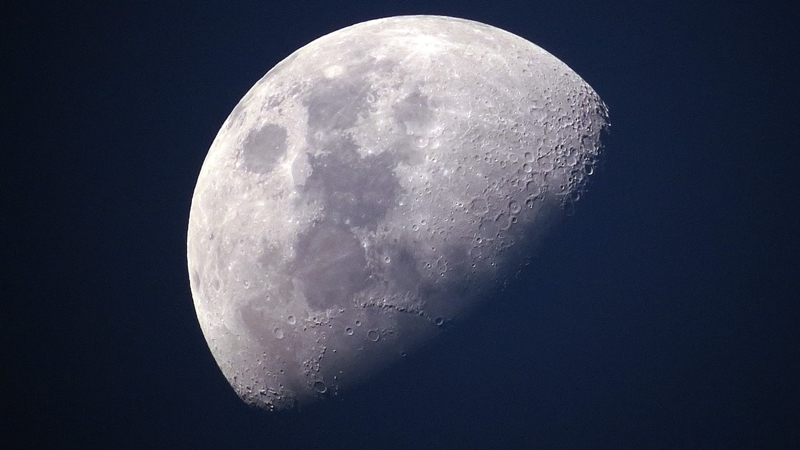Last week Blue Origin’s lawsuit challenging NASA’s decision to select SpaceX for its Human Landing System was rejected. While this was surely good news for SpaceX, the lawsuit and other factors have delayed NASA’s Artemis mission.
To be clear, Artemis is the catch-all name for NASA’s crewed and uncrewed missions to the Moon.
‘We’re pleased with the U.S. Court of Federal Claims’ thorough evaluation of NASA’s source selection process for the human landing system (HLS), and we have already resumed conversations with SpaceX. It’s clear we’re both eager to get back to work together and establish a new timeline for our initial lunar demonstration missions,” NASA administrator Bill Nelson said in a statement.
“Returning to the Moon as quickly and safely as possible is an agency priority. However, with the recent lawsuit and other factors, the first human landing under Artemis is likely no earlier than 2025,” Nelson added.
This delay doesn’t seem to affect NASA’s uncrewed missions to the Moon in Artemis I and the crewed roundtrip to the Moon in Artemis II. The Artemis III mission, in which NASA hopes to land humans on the Moon again is the one we’re focused on here. You can read more about Artemis here.
To be fair to Blue Origin, it is only partly responsible for this delay.
The delay is a result of first-time development challenges, the COVID-19 pandemic and the fact that Trump’s ambition of being back on the Moon by 2024 is not technically feasible. The space exploration agency has also been hampered by budgetary constraints, something it hopes is addressed for future landing attempts.
In a bid to offset rising costs, NASA has undertaken efforts to streamline operations. These efforts include requesting industry partners provide space-walk services for the International Space Station and Artemis program as well as issuing a request for information to maximise efficiencies in the Space Launch System.
“What we’re doing is one of the great undertakings of humanity – the scope of it from SLS to Orion to Gateway, human landing systems, ground systems, communications, spacesuits and more – its staggering. First at the Moon, and then at Mars. But we’re NASA, and we’re rising to the challenge,” NASA deputy administrator Pam Melroy said in a statement.
One year isn’t that big of a deal but we’re sure that NASA is chomping at the bit to get back to the Moon and begin the next era of human space exploration.
[Image – CC 0 Pixabay]

